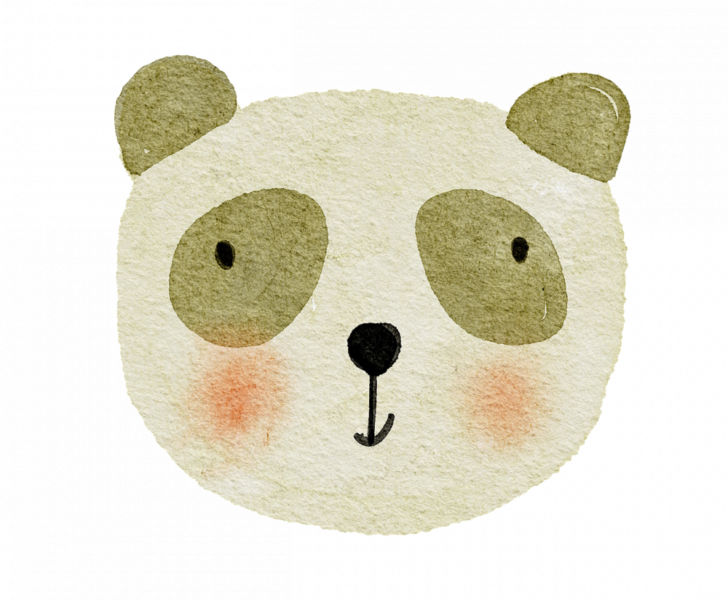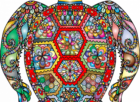Scandinavian design: Timeless Elegance and Functionality

Introduction:
Scandinavian design has gained worldwide recognition for its simplicity, functionality, and minimalistic approach. This design movement originated in the mid-20th century, and its popularity continues to thrive today. In this article, we will explore the essence of Scandinavian design, its various types, quantitative measurements, differences between them, and a historical overview of their strengths and weaknesses.
I. An Overview of Scandinavian Design:

Scandinavian design encompasses a distinctive blend of form and function, focusing on creating harmonious and livable spaces. Its origins can be traced back to the impactful design movements such as Bauhaus and Modernism. Influenced by the natural landscapes of Nordic countries, Scandinavian design aims to bring nature indoors, embodying a sense of tranquility and simplicity.
II. Presentation of Scandinavian Design Types:
Scandinavian design can be categorized into different types, each with its unique characteristics and influences. Some of the most notable types include:
1. Danish design: Known for its clean lines, organic shapes, and use of natural materials, Danish design emphasizes craftsmanship and functionality. It combines minimalism with warm, cozy elements, creating a perfect balance between simplicity and comfort.
2. Swedish design: Swedish design often features light colors, practicality, and an emphasis on light and space. Functionality takes center stage, with furniture and interiors designed to optimize storage and usability. Swedish design values simplicity and clean lines, evoking a sense of openness and serenity.
3. Finnish design: Finnish design is renowned for its strong focus on sustainability and natural materials. With an emphasis on practicality and durability, this design style often incorporates bold, unique forms inspired by Finnish landscapes. Finnish design seamlessly blends tradition with innovation, resulting in timeless pieces.
III. Quantitative Measurements of Scandinavian Design:
To measure the impact and popularity of Scandinavian design, quantitative data plays a significant role. Statistics on sales, market shares, and customer reviews provide insights into its global demand. According to a recent study, Scandinavian design furniture accounted for approximately 30% of the total furniture market in Europe in 2020. Additionally, online searches related to Scandinavian design have shown a steady increase in the past decade, indicating a growing interest from individuals worldwide.
IV. Differences Between Various Scandinavian Design Styles:
While Scandinavian design shares common characteristics, there are key differences between each type. Danish design tends to incorporate more natural materials, while Swedish design focuses on functionality and space optimization. Finnish design often stands out with its innovative forms and emphasis on sustainability. These differences allow individuals to choose a style that best suits their personal preferences and needs.
V. Historical Overview of the Advantages and Disadvantages of Scandinavian Design:
Over the years, Scandinavian design has enjoyed numerous advantages, such as its timeless appeal, durability, and focus on quality craftsmanship. Its minimalistic and functional principles also contribute to creating spaces that are easy to maintain and enhance well-being. However, one drawback of Scandinavian design is its potential to appear cold and sterile if not carefully balanced with warm elements. Additionally, high-quality Scandinavian design pieces can be expensive, limiting accessibility for some individuals.
Conclusion:
Scandinavian design continues to captivate people globally, offering a harmonious blend of simplicity, functionality, and timeless elegance. The various types of Scandinavian design provide ample choices for individuals seeking to create livable, stylish spaces. With its influential impact in the design world and its ability to stand the test of time, Scandinavian design remains a significant force in shaping the aesthetics of contemporary interiors.
In recent years, the demand for Scandinavian design has only grown, as more people appreciate its beauty and functionality. Whether it’s the clean lines of Danish design, the practicality of Swedish design, or the innovative forms of Finnish design, Scandinavian design offers something for every individual looking to create a space that is both aesthetically pleasing and functional.
Through quantitative measurements, we can see the tangible impact Scandinavian design has on the furniture market and its increasing popularity over time. By understanding the differences between each style, individuals can make informed choices that align with their preferences and needs.
However, it’s essential to acknowledge that Scandinavian design, despite its many advantages, is not without its drawbacks. While it promotes minimalism and functionality, it must be balanced with warmth and personal touches to avoid a sterile atmosphere. Additionally, accessing high-quality Scandinavian design pieces may pose challenges for some due to their cost.
In conclusion, Scandinavian design remains a timeless and influential movement that continues to inspire and shape the world of design. Its essence, rooted in simplicity and functionality, resonates with people seeking elegance and practicality in their living spaces. Whether through Danish, Swedish, or Finnish design, Scandinavian style continues to enchant individuals worldwide with its harmonious blend of aesthetics and functionality.











